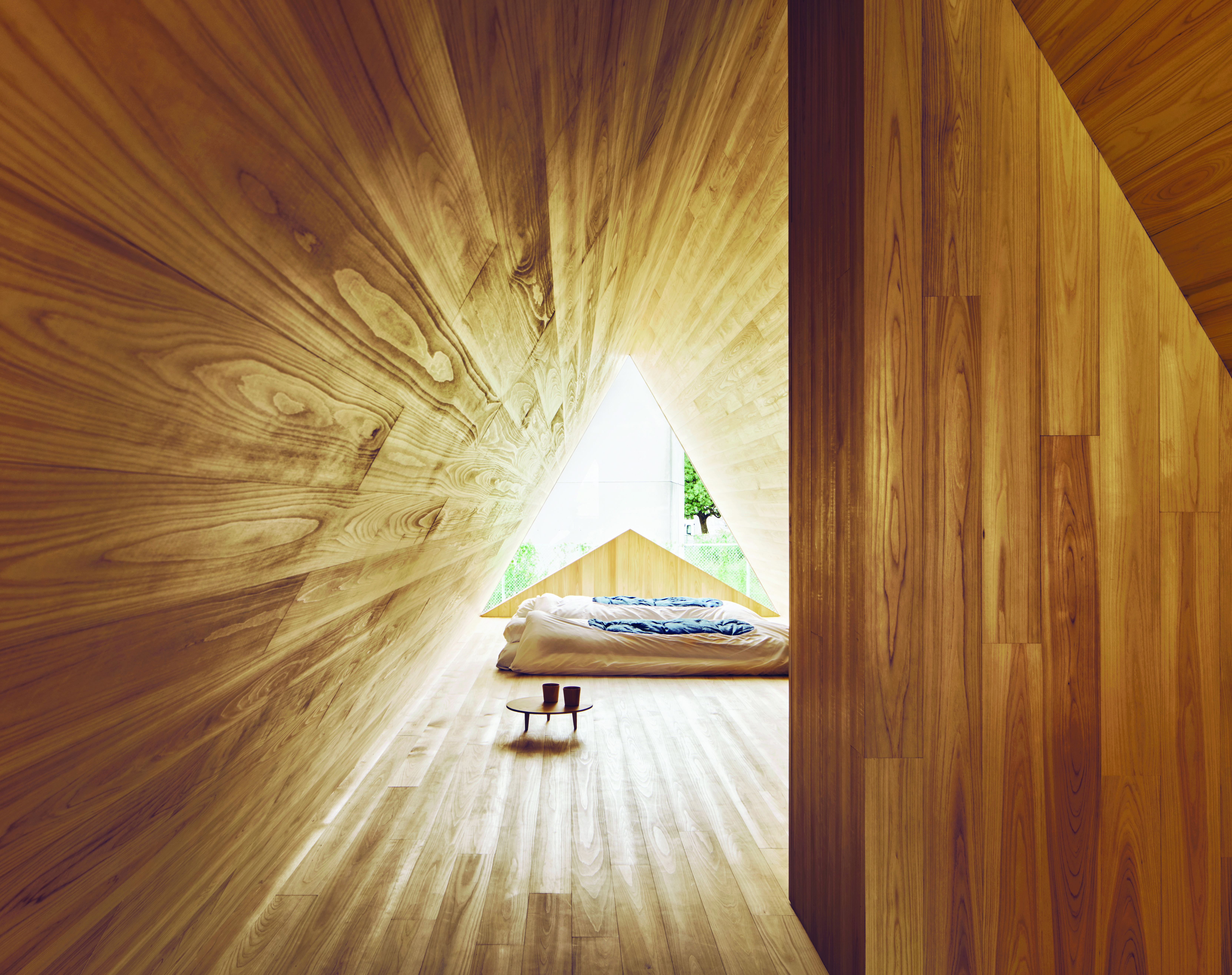
If you’re a company that has anything to do with technology and you’re not thinking about what’s next, you’re in trouble,” says co-founder and CPO of Airbnb Joe Gebbia. “There’s a famous list of tech companies from the 1990s that were the hottest of the decade, most of which were never heard from again.”
As one of the hottest startups of the noughties, Airbnb is undoubtedly one of those tech companies looking to be a step ahead of the competition or face a potentially similar demise. Enter Samara, Airbnb’s brand-new in-house multi-disciplinary innovation studio that will use architecture, design and software engineering to create advanced services and a new economic model for the Airbnb community. As Gebbia says, it is all “about intersecting with cultural things going on in the world and participating in local economies.”
Samara’s first outing is a pioneering community center and guest house designed to help curb dwindling populations in Japan’s rural communities and conceived for “House Vision,” an exhibition curated by designer Kenya Hara and dedicated to exploring the future of housing that was held in Tokyo in August.
Designed with Japanese architect Go Hasegawa, Airbnb’s contribution was a house built by local carpenters entirely out of cedar wood from Yoshino, a picturesque village in the Nara district of Japan. It features 28 types of timber, a traditional gable roof, and tactile, warm, scented interiors that are divided into a social communal dining and living area downstairs and a more intimate private sleeping area upstairs.
“Rural areas in Japan are shrinking due to aging populations and the urbanization of young people,” explains Gebbia. “The government is trying to do things such as subsidize housing to bring people back, but it’s not really working.”
The Yoshino Cedar House is an attempt to try something new. Come fall, the house will make the journey back to Yoshino on seven trucks and be re-assembled in a riverside location where it will become both a new and much needed community center for the village, as well as a bookable Airbnb listing managed by the town. All profits will go back to the community.
Gebbia calls the house a “test case.” If the model is successful, Airbnb is interested in looking to expand it to other rural communities in Japan, and similar places in Asia and Europe where declining populations are an imminent problem. “When people are leaving your village, it’s kind of like a vote of no confidence,” he says. New guests can help bring an “economic stimulus” and become, just as importantly, “something for the village to be excited about.”
Gebbia acknowledges that the Yoshino Cedar House may be “one tiny dot on the map in Japan,” but the potential for Airbnb to grow from using this model is—given the 750 empty homes in Yoshino and eight million vacant ones nationwide—almost limitless. But while Samara monitors the success of the model, they have already moved on to the next project: breaking down the wall that prevents Airbnb hosts from selling handmade and local goods to one another. “We know that we have a high percentage of makers, artisans and craftsmen among our hosts, but right now they have no way to get their products to anyone else in the community.” Samara is in the process of creating a facilitated way to help hosts do just that.




